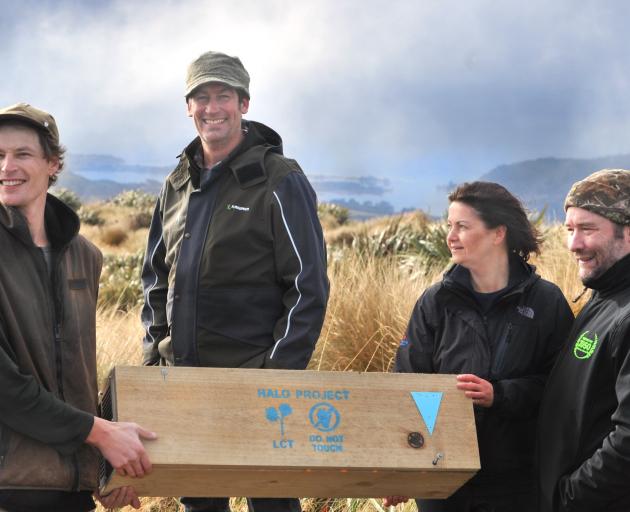
Predator Free Dunedin project manager Rhys Millar outlined a proposed expansion of the conservation collective’s large-scale predator control work for Otago regional councillors during this week’s long-term plan hearings.
Predator Free Dunedin sought matching funding from the council to expand its possum operations across Chain Hills, Flagstaff, Swampy Summit and Silver Peaks, using the Taieri River as a natural barrier to protect some of Dunedin’s largest conservation areas.
Ospri was beginning operations in this expansion area, and was due to conclude operations within three years, Mr Millar said. Unless there was a Tb outbreak, Ospri would not return, he said.
The work under way at present already covers about 30,000ha across Dunedin.
And Predator Free Dunedin’s vision for 2025 included cutting possum numbers to near zero levels in the Halo Project area surrounding Orokonui Ecosanctuary and to eliminate mustelids, including stoats, on Otago Peninsula.
On the peninsula in some areas possum control had moved to a “mop up” phase where remote sensor traps, heat sensing technology and locator dogs were now being used, Mr Millar said.
The regional council contributed $300,000 a year to Predator Free Dunedin to 2023 and Mr Millar asked for that to continue. He also asked for $700,000 spread over five years, or $140,000 a year, to fund the expansion.
The gains for biodiversity were already clear, he said.
In Dunedin, rifleman had been seen in Glenleith.
New Zealand falcons were seen flying over North East Valley, and species from Orokonui Ecosanctuary such as the South Island robin were increasing in numbers and expanding to find safe haven beyond the fence in forest habitat in increasing distances from the ecosanctuary, he said.












